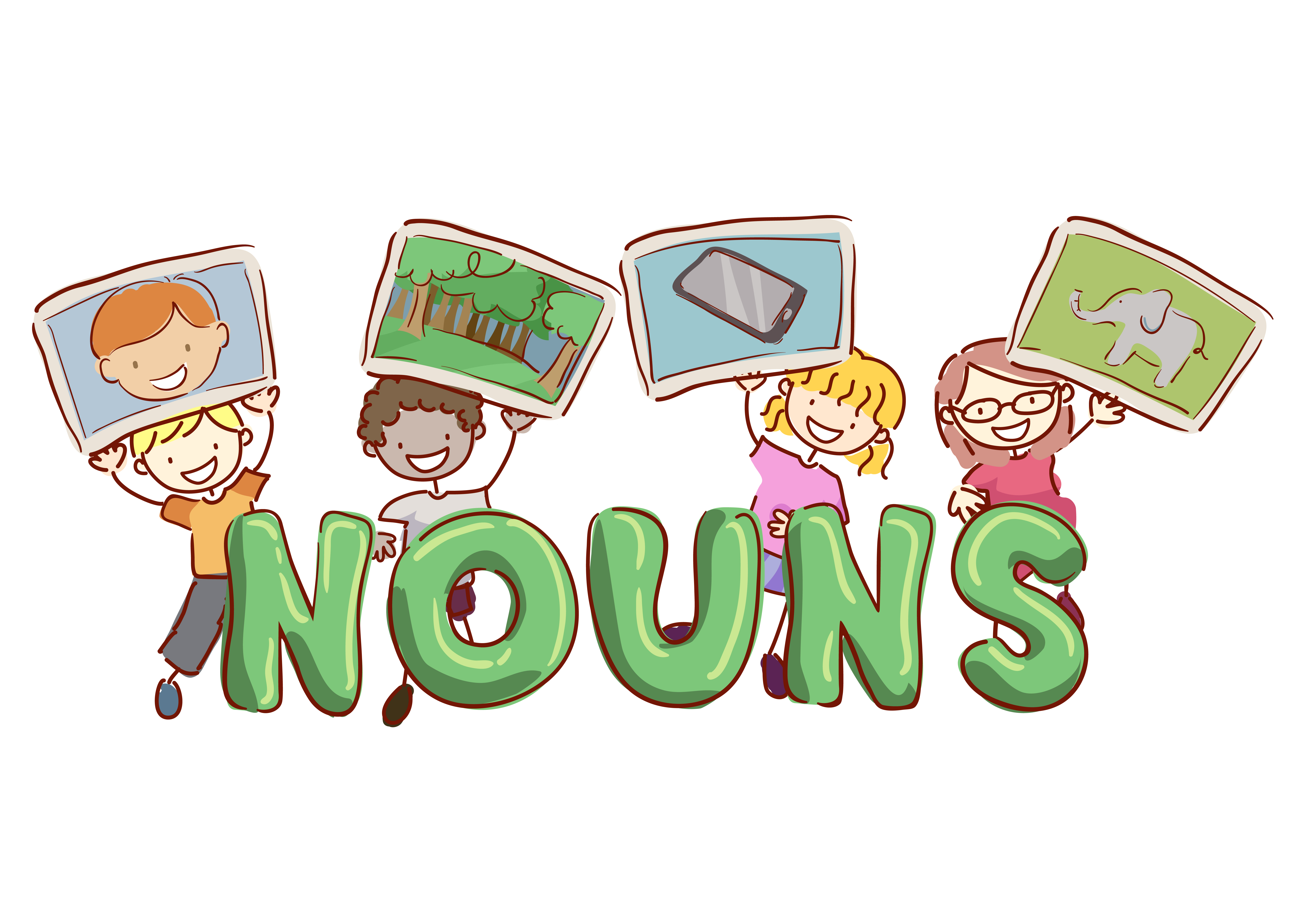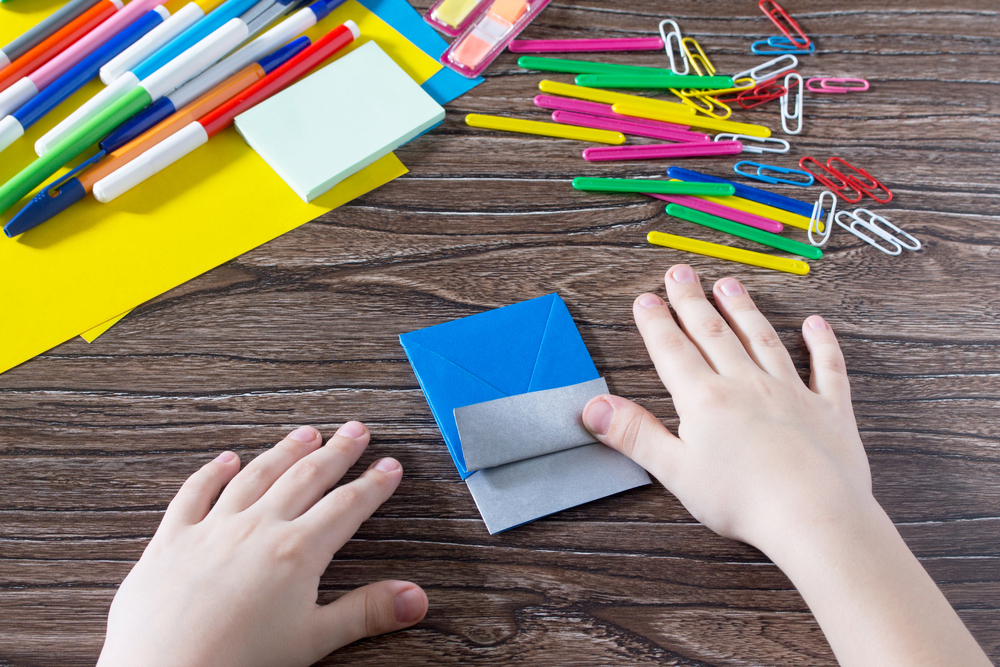Understanding context Normal Reading Worksheets for Ages 3-5
3 filtered results
-
From - To
Enhance your child's reading skills with our "Understanding Context Normal Reading Worksheets" designed for ages 3-5. These engaging worksheets provide young learners with opportunities to make sense of texts by highlighting key words and phrases. By focusing on context clues, children develop essential comprehension skills that enrich their vocabulary and storytelling abilities. Our resources cater to different learning styles, making reading fun and interactive. Foster a love for reading while helping your child grasp the meaning behind words and sentences. Explore our easy-to-use worksheets today to support your child's early literacy journey and lay a solid foundation for future learning!
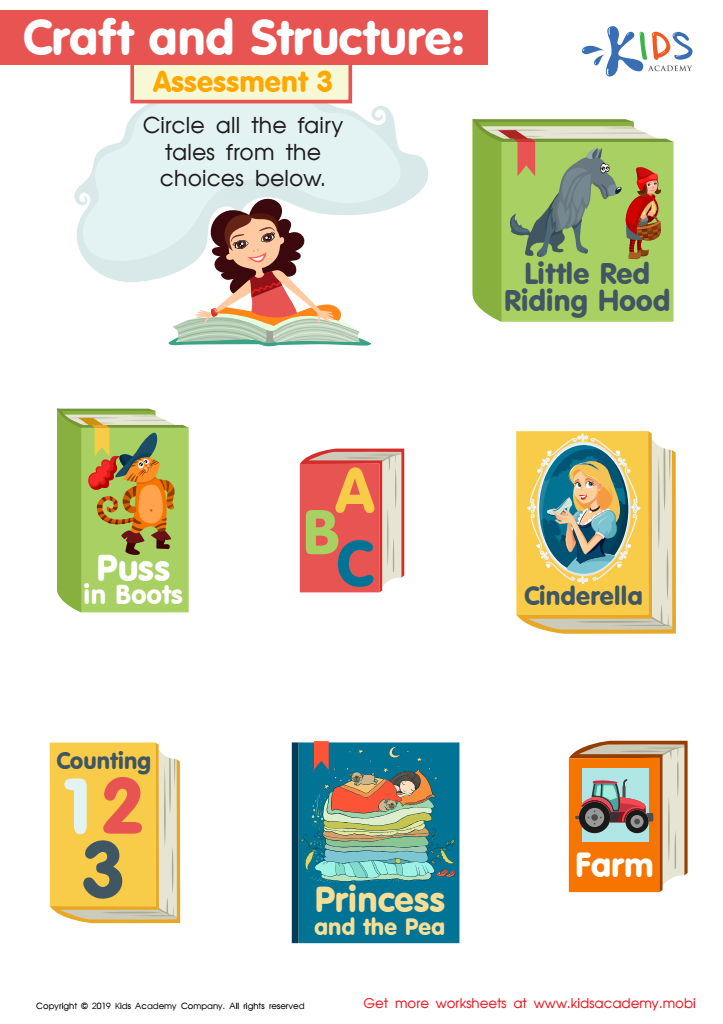

Craft and Structure: Assessment 3 Worksheet
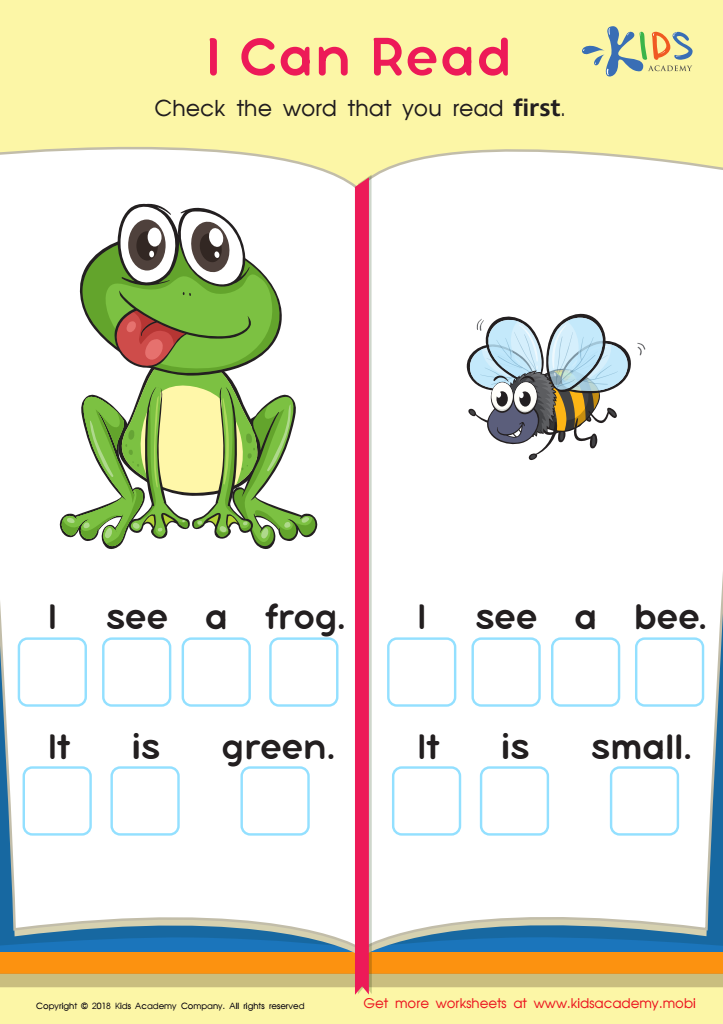

I Can Read Worksheet
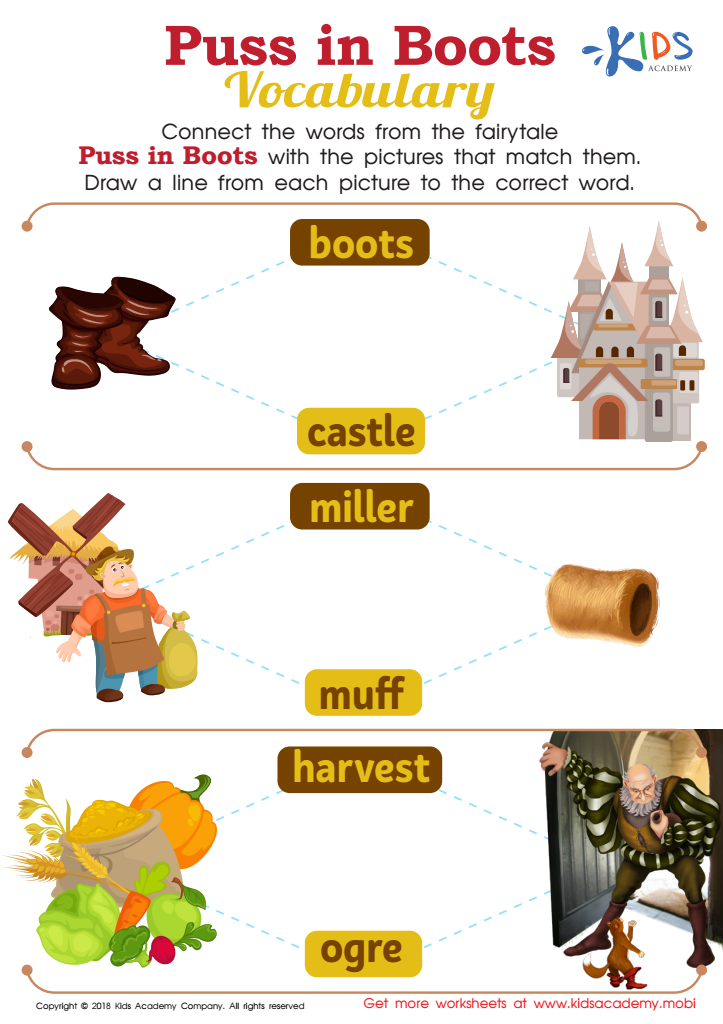

Puss in Boots Vocabulary Worksheet
Understanding context in reading is crucial for children aged 3-5, as it lays the foundation for their literacy development. When parents and teachers engage with children in age-appropriate reading activities, they help young learners grasp the significance of the words they encounter. Understanding context involves making connections between new vocabulary, storylines, and the world around them, which enhances comprehension and retention.
When children learn in context, they are more likely to develop critical thinking skills and make inferences, two vital components of literacy. Additionally, it aids in their ability to relate to the story, fostering emotional understanding and engagement. This connection ignites their curiosity and love for reading, encouraging them to explore language further.
Furthermore, early exposure to contextual reading aids in language acquisition. Children begin to internalize how language works, recognize patterns, and understand different uses of words, which boosts their overall communication skills.
For teachers and parents, focusing on context not only enriches the reading experience but also cultivates a supportive learning atmosphere. This nurturing approach can significantly impact a child’s long-term academic success, setting the stage for a lifetime of learning and creativity.
 Assign to My Students
Assign to My Students





